Topic of the Month: The New Era of Peak Season: What You Need to Know and How to Prepare
As we approach the bustling months ahead, the logistics and supply chain industry braces itself for one of the most critical periods of the year: Peak Season. This time of heightened activity brings unique challenges and opportunities for businesses across the globe. In this month's newsletter, we will delve into what peak season truly entails, explore effective strategies for planning and navigating through it, examine the evolving nature of peak season in recent years, and offer some takeaways to help you stay ahead in this dynamic environment. Whether you´re a seasoned professional or new to the industry, our insights will equip you with the knowledge and tools needed to make the most of this crucial time.
What is peak season?
Peak season is commonly used to describe a period of heightened activity in commerce and transportation worldwide, typically triggered by seasonal holidays and festivals in various countries. During this time, the demand for goods and services often surpasses the available supply, leading to an unsatisfied need for delivery and transportation services. This is the time when the logistics industry shines, showcasing its ability to manage the increased demand for goods and services efficiently. This heightened activity is primarily associated with the end-of-the-year holidays, which occur from August to November, making it the most profitable time of the year for many businesses.
It is a critical time when companies must be proactive and strategic in their planning to navigate the challenges of the increased demand and ensure they can effectively meet customer expectations. Preparing in advance for peak season is essential for businesses to capitalize on the potential for increased sales and maintain a competitive edge during this bustling time.

How can you plan for peak season?
Planning for peak season requires a strategic approach that allows businesses to navigate the high demands and challenges that come with this busy period. One of the most effective strategies is to start planning before peak season begins. By doing so, businesses can minimize the impact of potential delays and ensure that any difficulties or disputes are resolved well in advance. This proactive approach not only helps maintain a smooth flow of operations but also ensures that customer expectations are met, even during busy times.
Here are some strategies to help you prepare:
- Early Shipping: one effective method to mitigate the impact of potential delays is to ship your products before peak season begins. This proactive approach allows for any difficulties or disputes to be resolved promptly, ensuring that your operations run smoothly. Moreover, maintaining transparency through the shipping process is vital, as it significantly enhances customer satisfaction by keeping them informed every step of the way.

- Inventory management: Accurately predicting demand spikes is key to planning your inventory levels. Utilizing historical data and market trends can provide valuable insights into appropriate, ensuring that they can meet the increased demand without overstocking or running out of products.
- Technological Integration: Implementing technology solutions such as Transportation Management Systems (TMS) and Warehouse Management Systems (WMS) can greatly improve the efficiency of your operations. These systems provide real-time shipment tracking and streamline inventory management, making it easier to adapt to the dynamic demands of peak season. You can optimize your logistics processes, reduce errors, and enhance overall productivity by leveraging technology.
- Diverse transportation Network: a logistics integrator with a robust network can provide the necessary support to navigate the high demand of peak season. By having access to different modes of transportation, you can ensure that your cargo reaches its destination promptly, regardless of the challenges that arise. This flexibility allows for strategic routing of shipments, taking advantage of the most efficient paths and modes of transport available. Whether it is the speed of airfreight, the capacity of sea transport, or the accessibility of land routes, a versatile logistics partner can help relieve the pressure and guarantee that your products are delivered at the right place and at the right moment.
Preparation is the key to a successful peak season. By adopting these strategies, you can position your business to handle increased activity with confidence, have a more resilient supply chain, adapt to increased demands, and maintain a high level of service for your customers.
Changes in peak season
The landscape of peak season has undergone significant transformation in recent years, particularly since the onset of the pandemic. This shift from a single concentrated peak to multiple peaks spread throughout the year is largely driven by evolving consumer behavior and the rapid growth of e-commerce, which has transformed the way people shop and engage with brands.
Read more on how retail, FMCG and lifestyle brands have built an agile ecommerce and how are they preparing for the peak.

One of the most noticeable impacts of this shift is the rise in e-commerce purchases, which has fundamentally altered the rhythm of peak season. Major online shopping events, such as black Friday or Cyber Monday, now create additional surges in demand, effectively creating new peaks beyond the traditional holiday season. These events have become key drivers of consumer spending, prompting businesses to adapt their strategies to manage the increased volume of orders and deliveries throughout the year. The proliferation of online and offline special promotions and sales further contributes to the emergence of these multiple peak periods.
This new trend of distributed peak seasons requires businesses to be more agile and responsive than ever before. Unlike in the past, when companies could focus their efforts on preparing for a single, predictable surge, they now need to be ready to handle several peaks that can occur at various times. These demands are a more dynamic approach to supply chain management, inventory planning, and customer service, as businesses must be able to scale operations up and down quickly in response to fluctuating demand.
Moreover, the shift towards multiple peak seasons has blurred the lines between what was once considered “off-season” and “peak season”. With consumer demand now influenced by a broader range of factors, including social media trends, influencer marketing, and global events, businesses must stay attuned to these shifts to capitalize on opportunities and mitigate risks. This requires continuous monitoring of market trends, customer preferences, and external factors that could trigger unexpected spikes in demand.
The evolution of peak season from a singular event to multiple peaks throughout the year reflects broader changes in consumer behavior and the retail landscape. To thrive in this new environment, businesses must adopt more flexible and forward-thinking strategies that allow them to navigate the complexities of a year-round peak season.
Listen to our podcast of 5 ways supply chain peak season has changed – is your business prepared?
As we navigate through the complexities of peak season, it is clear that his period is no longer just a single predictable surge of activity but a dynamic and evolving challenge that requires businesses to be more prepared and adaptable than ever before. Form understanding what peak season truly entails to implementing strategic planning and embracing the changes brought on by shifting consumer behaviors, staying ahead of these developments is crucial for success.

These insights shared in this month's market update highlight the importance of early preparation, effective inventory management, technological integration, and a diverse transportation network in overcoming peak season challenges. Additionally, the shift towards multiple peaks throughout the year underscores the need for agility and responsiveness in supply chain management. By adopting these strategies and staying attuned to market trends, businesses can not only survive but thrive during this critical time.
In conclusion, peak season presents both challenges and opportunities. With the right approach, businesses can navigate this busy period with confidence, ensuring they meet customer expectations and capitalize on the potential for increased sales. As the landscape continues to evolve, those who are proactive, flexible, and innovative will be best positioned to succeed in this ever-changing environment.
Ocean updates
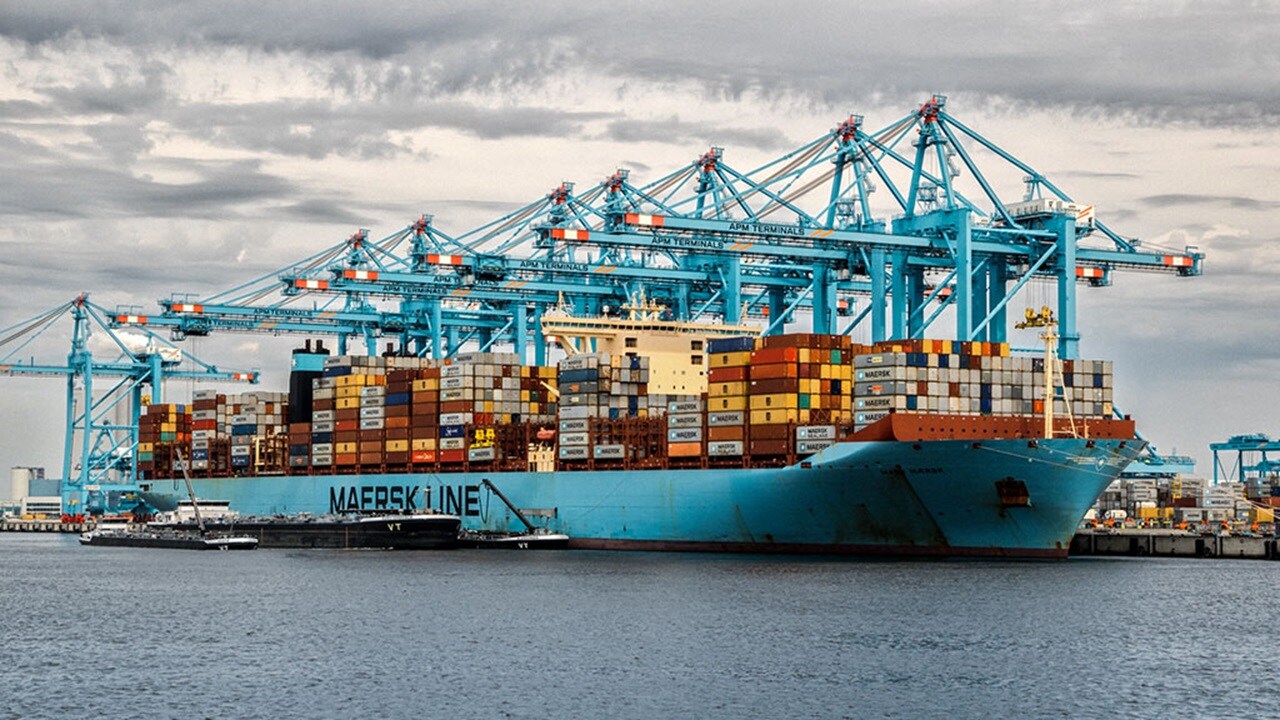
| Trade lane | Comments |
|---|---|
|
Trade lane
West Coast to Intra-Americas
|
Comments
Peru Feeder is adding a call in Buenaventura will allow us to connect with direct service from Buenaventura to main ports in Peru.
|
|
Trade lane
East Coast of South America to Intra-Americas
|
Comments
As a consequence of strong market demand, services to West Coast South America, the Caribbean and Gulf, and the US East Coast are running full.
As of August 1st, a Peak Season Surcharge for the Dry is in place for all Intra-America destinations (except MERCOSUR). We have finalized the Montevideo call in Tango, and the Brazilian north-east fruit season is starting. As a tentative improvement to the schedule, UCLA is now calling Cristobal on a bi-weekly basis. |
Main port status
In the ECSA region, terminals experiencing waiting times of more than one day are grappling with challenges such as port congestion, and strikes.
In the HUB CARPAC region, terminals expect waiting times of more than 2 days for vessels out of the berthing window; vessels that arrive on time won't be impacted.
In the CARPAC region, the terminal at Manzanillo (Mx) is particularly impacted by port congestion.
The NAM region ports are experiencing increased waiting times across these terminals, including port congestion, holidays, weather conditions, and infrastructure upgrades. Please note that the specific impact and reasons can vary from terminal to terminal.
In the APA region is expected some strong winds and high waves which might impact the region.
In FEA, terminals with more than 1 day of average waiting time were caused by adverse climatic conditions.
NEU: The following ports might expect some strong winds. However, we don't expect impact: FELIXSTOWE, ROTTERDAM, HAMBURG, ANTWERP
SEU: No Waiting time has been reported. Atlantic Sea to Gibraltar Strait: Strong wind gusts throughout the month may affect the vessels' voyage plans.
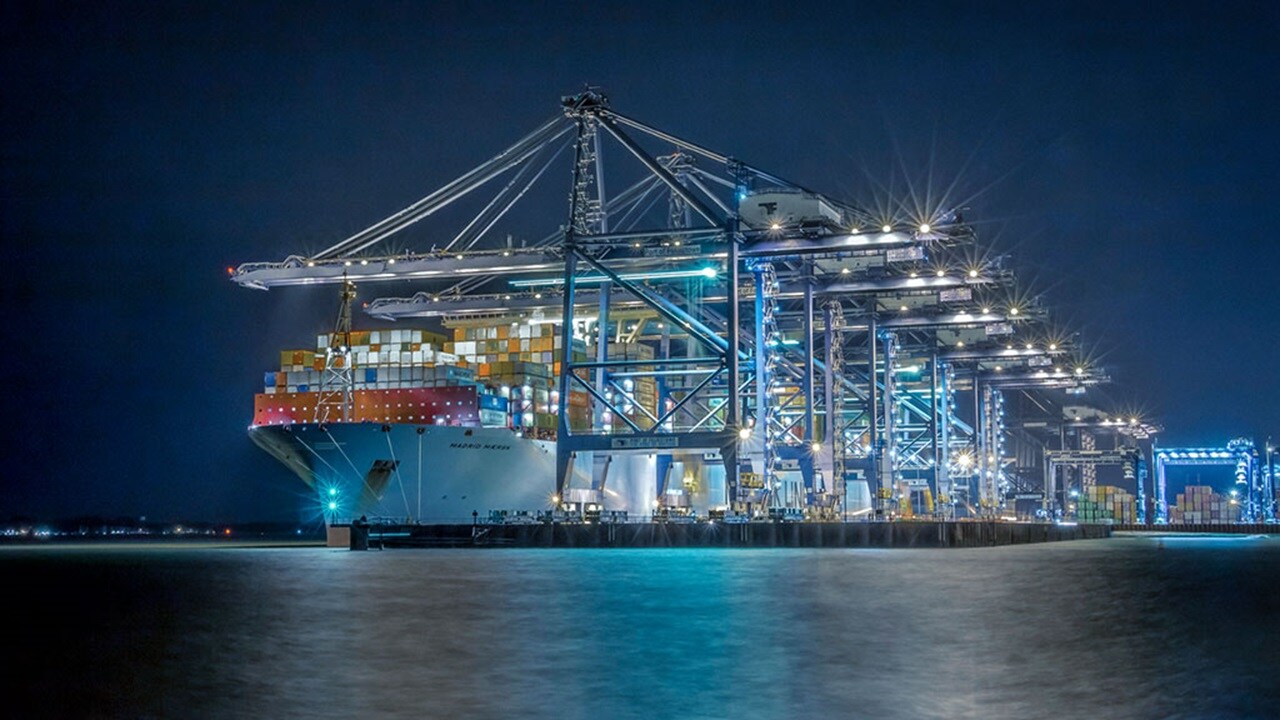
Port status
| Less than 1 Day | 1-3 Days | 4 - 7 days | |
|---|---|---|---|
|
Latin America
|
Less than 1 Day
ECSA: Salvador, Buenos Aires, Montevideo, Manaus, Suape, Pecem, Rio Janeiro, Imbituba, Sepetiba, Itajai, Navegantes, Zarate, Rosario, Mar del plata, S Antonio Este, P Madryn, P Deseado, Ushuaia, Vitoria, VILA DO CONDE HUB CARPAC: Balboa, PSA Rodman, Manzanillo-PA, CCT, Cristobal, Cartagena CARPAC: Buenaventura, Moin, Quetzal, Acajutla , Turbo, Santa Marta, La Guaira, Puerto Cabello, Lazaro Cardenas,Mx, Guayaquil/Contecon, Guayaquil/TPG, Puerto Bolivar, Posorja, Callao/ APMT, Callao/ DPW, Paita, Pisco, Arica, Iquique - ITI, Mejillones-PAG, Antofagasta-ATI, Coquimbo-TPC, Valparaiso-TPS, San Antonio - STI/DPW, San Vicente - SVTI |
1-3 Days
ECSA: Santos Brasil (Santos), Itapoa, Bahia Blanca, Rio Grande, Montevieo CARPAC: San Lorenzo, Corinto, Caldera, Caucedo, Rio Haina, San Juan, Puerto Barrios, Sto Tomas de Castilla, Puerto Cortes, Big Creek,Veracruz, Altamira, Progreso, Kingston, Cuba, Manzanillo,Mx |
4 - 7 days
ECSA: BTP (Santos), Paranagua |
|
Rest of World
|
Less than 1 Day
NAM: Montreal, Halifax, Newark PNCT, Baltimore, Philadelphia, Wilmington, Jacksonville, Port Everglades, Charleston, North Charleston, Savannah, Houston, New Orleans, Mobile, Tampa, Long Beach, Los Angeles, Tacoma, Seattle, Prince Rupert, Dutch Harbor, Kodiak. APA: New Zealand: Nelson, Timaru, Port Chalmers Australia, Patrick (FRE, MEL, BNE, SYD) / DPW (BNE, SYD, FRE) FEA: Busan new port terminal Co.ltd: KRBUSPN Maersk Yokohama terminal: JPYOKMY Xiamen Songyu Container Terminal: CNXIMSY NEU: No Waiting time reported SEU: No Waiting time reported |
1-3 Days
NAM: Newark APMT, Norfolk, Miami - POMTOC, Freeport, Oakland, Vancouver APA: FEA: |
4 - 7 days
APA: FEA: |
(*) - cargo connections can be impacted considering the delays reported
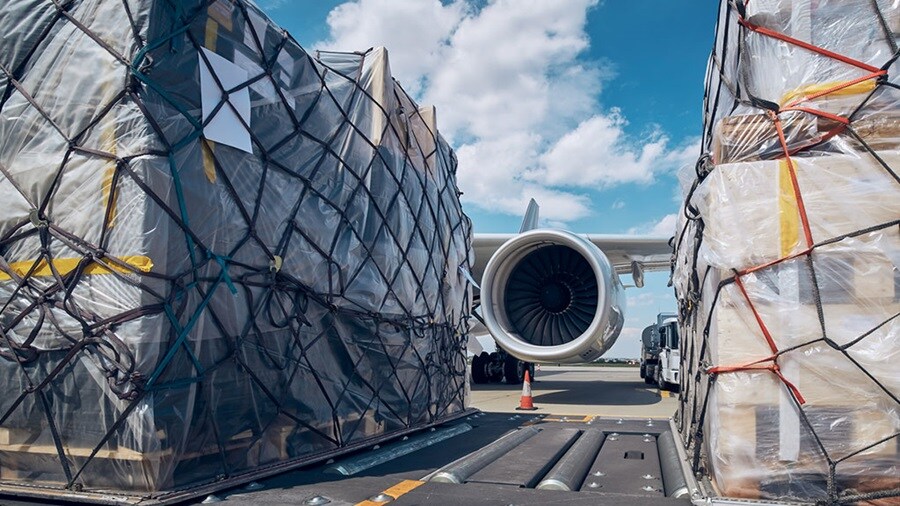
Air updates
Central America, Andina and the Caribbean Sea Area
In general terms, demand and capacity is balanced. Imports from Asia Pacific are impacted due to Asia airports backlog, tight capacity to US mainly and the peak for e-commerce volumes.
Highlights
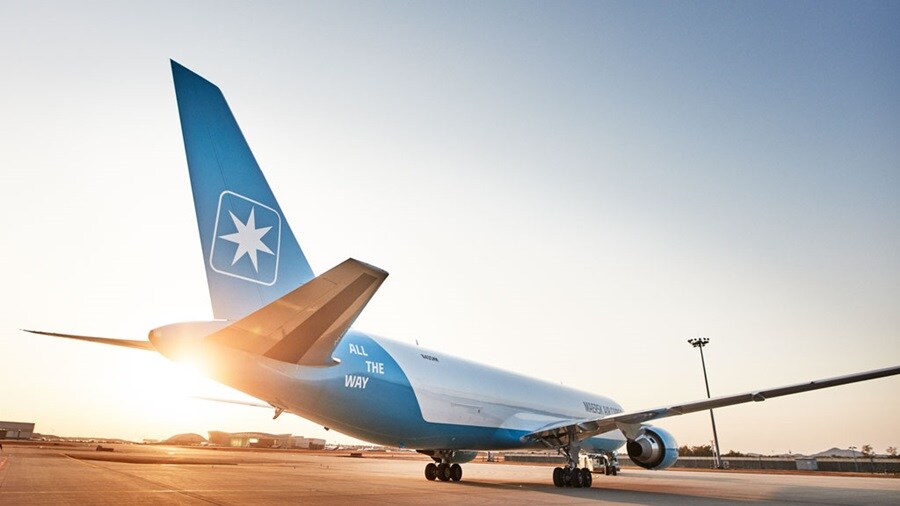
From the Seas to the Skies: Integrated Solution for the World’s Leading Salmon Producer
Discover how Norwegian seafood giant Mowi, the world’s largest producer of Atlantic salmon, partnered with Maersk to overcome complex logistics challenges and ensure the seamless delivery of 8 million meals per day globally. From innovative supply chain management to leveraging air freight and advanced temperature-controlled solutions, this partnership showcases the power of integrated logistics in maintaining product quality and reducing food waste. Read the full article to learn more about the strategies and results of this successful collaboration
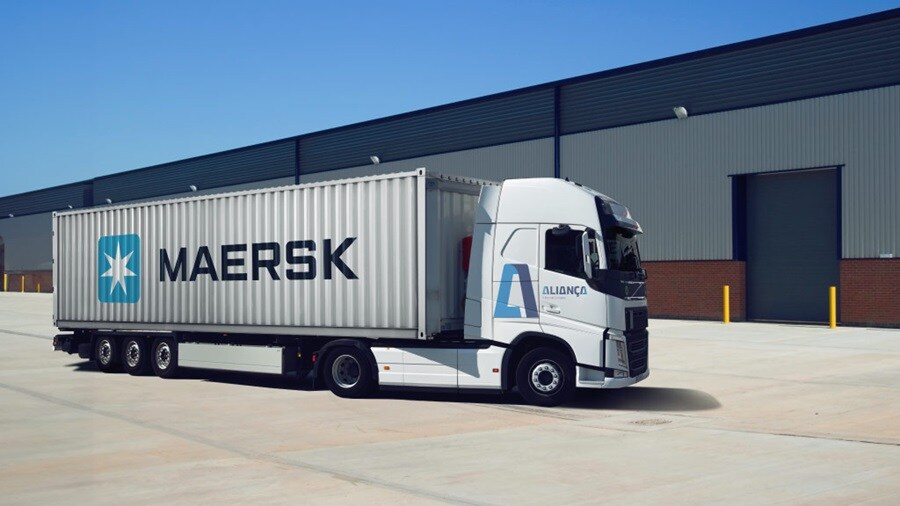
Moving Brazil faster with Integrated Logistics
Find out how Maersk can connect you seamlessly to new opportunities at home and around the world.
Useful links
To sign up for the Maersk Latin America customer newsletter, click here and update your preferences when prompted via email.
Check Maersk market updates from across other regions by clicking here.
Anything you need, we’re here to help
I agree to receive logistics related news and marketing updates by email, phone, messaging services (e.g. WhatsApp) and other digital platforms, including but not limited to social media (e.g., LinkedIn) from A. P. Moller-Maersk and its affiliated companies (see latest company overview). I understand that I can opt out of such Maersk communications at any time by clicking the unsubscribe link. To see how we use your personal data, please read our Privacy Notification.
By completing this form, you confirm that you agree to the use of your personal data by Maersk as described in our Privacy Notification.
